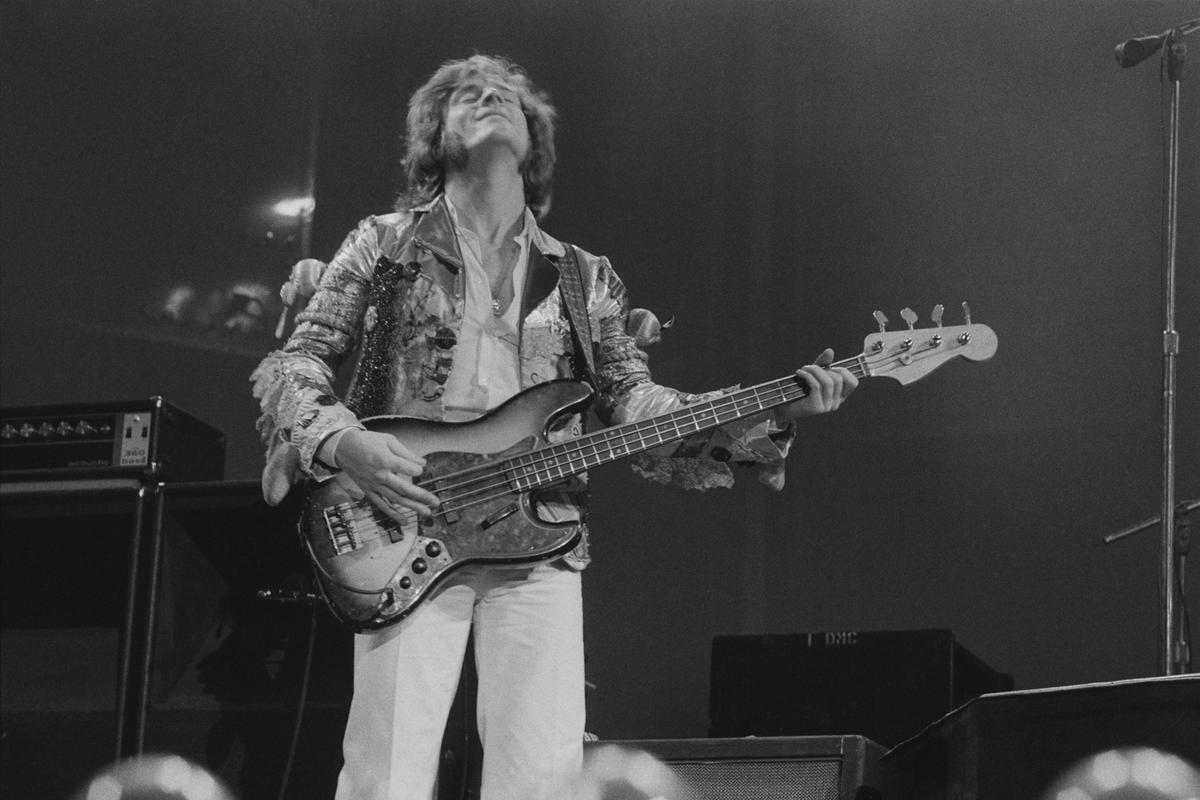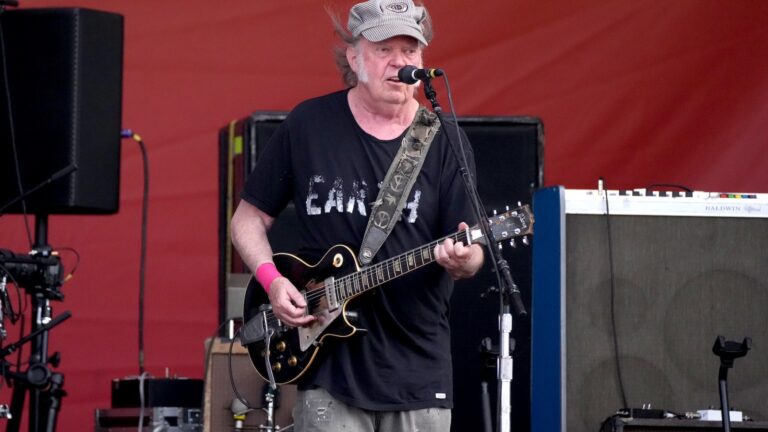John Paul Jones almost quit Led Zeppelin at the height of their fame – and just before they started recording the album many consider to be their masterpiece.
The group’s 1973 stadium tour broke box office records all over North America, but left the band members exhausted and somewhat disconnected from reality. “We were playing [sets] for three hours solid, and physically that was a real…I mean, when I came back from the last tour I didn’t know where I was,” guitarist Jimmy Page told Crawdaddy in 1974. “I didn’t even know where I was going. We ended up in New York and the only thing that I could relate to was the instrument onstage. I was just totally and completely spaced out.”
Jones, who like Page had begun his career as a highly successful studio musician, began to miss his quieter family life, and wondered if he’d had enough of the road. In late 1973 he told Zeppelin manager Peter Grant that he was considering quitting the group.
“We were all very tired and under pressure and it just came to a head,” Jones told Mojo (as reported by Cheatsheet) in 2007. “I didn’t want to harm the group, but I didn’t want my family to fall apart either.”
“I told Jimmy [Page], who couldn’t believe it,” Grant recalled in the 2012 book From a Whisper to a Scream: The Complete Guide to the Music of Led Zeppelin. “It was the pressure. He was a family man, was Jonesy. By that time, the security thing in the U.S. was getting ridiculous. We started getting death threats.”
Read More: Top 10 John Paul Jones Led Zeppelin Songs
Grant encouraged Jones to instead take some time away before making such a massive decision. Jones skipped out on the group’s November 1973 recording sessions, the first for what would become 1975’s double album Physical Graffiti.
“I thought the band would be fun for a few years,” he later explained to Mojo. “I needed to do something musically free and fun and liberating, […] but then I’d get back to the more serious career in the studio.”
As cover, Led Zeppelin told the press that an illness kept Jones out of the sessions, a story they stuck with even after the album’s release. “John Paul Jones wasn’t well and we had to cancel the [studio] time,” Page told Rolling Stone in March 1975, before adding a comment that takes on deeper meaning now that the real nature of the absence has been revealed: “Everything got messed up. It took three months to sort the situation out.”
Happily, the time off was just what the doctor ordered, and Jones returned to the group in early 1974 for the sessions at which the bulk of Physical Graffiti was recorded. “Eventually, I think he realized he was doing something he really loved,” Grant explained. “It was never discussed again.”
In fact, the January and February 1974 sessions were so productive that Zeppelin found themselves with nearly three album sides’ worth of top-notch new material, prompting them to go back through their archives and dig up unreleased gems such as “The Rover” and “Houses of the Holy” in order to create their first double album.
Jones made particularly impressive contributions on several of the album’s most innovative tracks, shining especially brightly on the clavinet-driven “Trampled Under Foot” and the gorgeous side three-opening epic “In the Light.”
He remained with the group until they broke up shortly after drummer John Bonham’s September 1980 death. Due to Page’s struggles with substance abuse, Jones and singer Robert Plant played particularly heavy roles in the group’s final proper studio album, 1979’s In Through the Out Door.
Following Zeppelin’s breakup, Jones has pursued the most eclectic solo career of the band’s alumni, producing and providing string arrangements for bands such as R.E.M. and the Butthole Surfers and teaming up with Dave Grohl and Josh Homme in Them Crooked Vultures, among many other experimental collaborations and projects.
Ranking Every Led Zeppelin Live Album
It took a while, but they finally got things right.
Gallery Credit: Nick DeRiso



